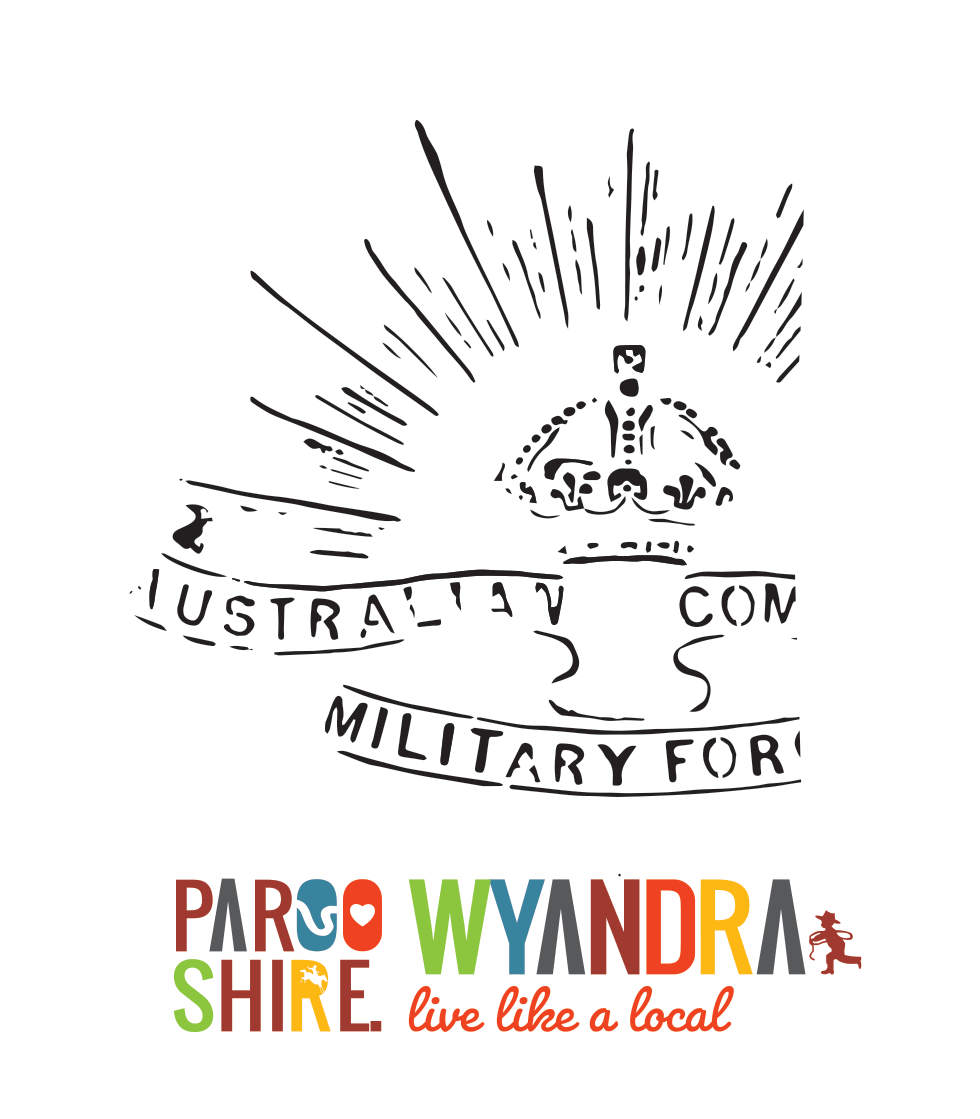The bushpath to ANZAC
A notable feature of our modern military is the way in which new recruits are fully trained and equipped "on the job" with the skills sets they need to carry out their duties.
This however was not always the case. Australia only committed to maintaining a permanent standing army from 1947 onwards after the Second World War.
Prior to this time it relied heavily on citizen militia forces, with special expeditionary forces being raised for service overseas as required. This meant that the skills and experience men brought with them when they signed up for service had a very significant impact on their ability to function effectively as soldiers.
This was especially notable in the case of the Boer War and First World War conflicts. This was an age when horsemanship and bushcraft still had a crucial role to play for members of the Light Horse regiments. This makes the contribution of volunteers from outback Australia of special relevance in the birth of Australia's ANZAC heritage.
The rise of the militia

Following the withdrawal of the British Army from Australia in 1870, each colony had to set up its own defence force. In the mid 1880s a major review of Queensland's initial 1870s attempts saw significant investment undertaken to bolster the state's defence capacity. The creation of civilian militia units was a central part of this process. Given the degree of coordination needed to establish these they centred around the major urban areas. The 1886 establishment of the Kennedy Regiment based in Townsville / Charters Towers was a pivotal part of Queensland's defence plans for its northern territories.
Whilst the shearers strike ran from February until May 1891, central Queensland was on the brink of civil war. Striking shearers formed armed camps outside of towns. Thousands of armed soldiers protected non-union labour and arrested strike leaders. Militia members were despatched in northern Queensland to manage a strike epicentre at Hughenden.
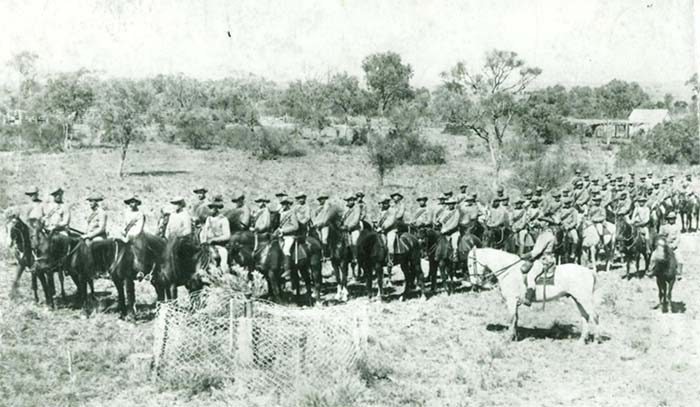
While on patrol in western Queensland they practised horsemanship by chasing emus and plucking their feathers on the run. Thereafter an emu feather in the hatband became an enduring emblem of Australian light horse cavalry.

Across the 1890s however, the Queensland Government recognised the limitations of coordinating and organising militia units across such a sparsely populated landscape. Accordingly they sought to support local community groups like the Charleville and Cunnamulla rifle club by supplying Martini Henry rifles and ammunition for practise and club competitions.
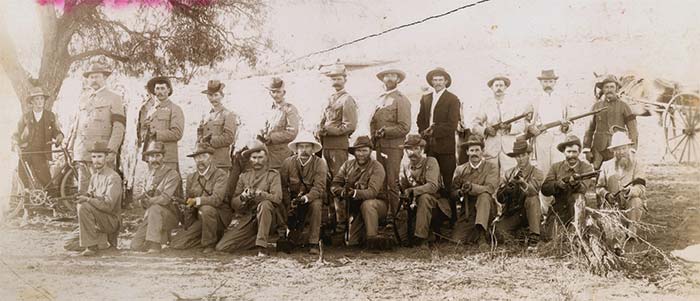
The rise of the Bushmen contingents
The Boer War, which ran from 1899-1902, was a defining moment in the development of the Australian defence forces.
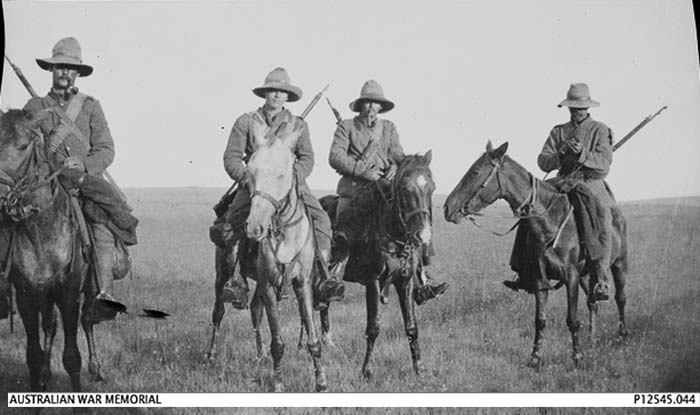
The troops that first left as part of the state-based colonial contingents returned to an Australia just beginning to set up a national military command following Federation. Additionally after years of militia training in preparation for international conflicts that threatened to break out but never did, the war came as a reminder of the crucial role that national defence needed to play in the new Federal Government's operations.
The outbreak of the Boer War in 1899 saw the British Army suffer humiliating losses to the Boer forces who used their horsemanship and bush skills to outflank the British infantry in the open veldt. Reinforcements of skilled bushmen from the Australian colonies were urgently called upon.
The first urgent response came from the colonial governments calling for volunteers from their mounted infantry militia units. Within two months of the war starting in October 1899, colonial troops were in action.
The second wave of 'Bushmen contingents' from the Australian colonies began to arrive in April 1900.
Three members of this 2nd wave "bush contingent" came from the Warrego. As an article in the North Queensland Register reported on 1 Jan 1900, the three volunteers were given a hearty send off as their train departed Cunnamulla Railway Station.
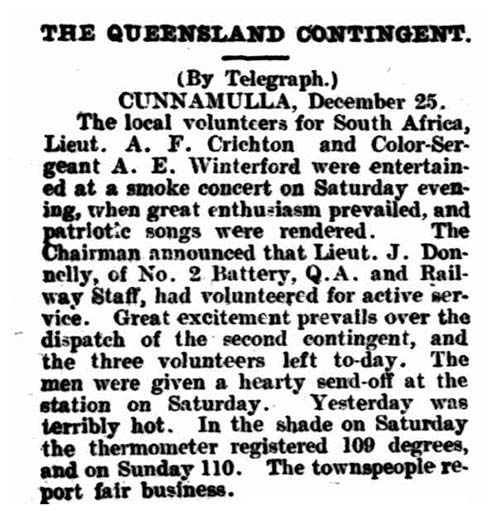
A pivotal feature of this second wave of volunteers from the bush was that they included men with natural horsemanship, riflery and bushcraft skills who could counter the Boer Commandos.
The Boer commander, later noted that:
"for the first time in the war we are fighting men who used our own tactics against us... They were the only troops who could scout our lines at night and kill our sentries while killing or capturing our scouts. They were more formidable opponents and far more dangerous than any other British troops.”
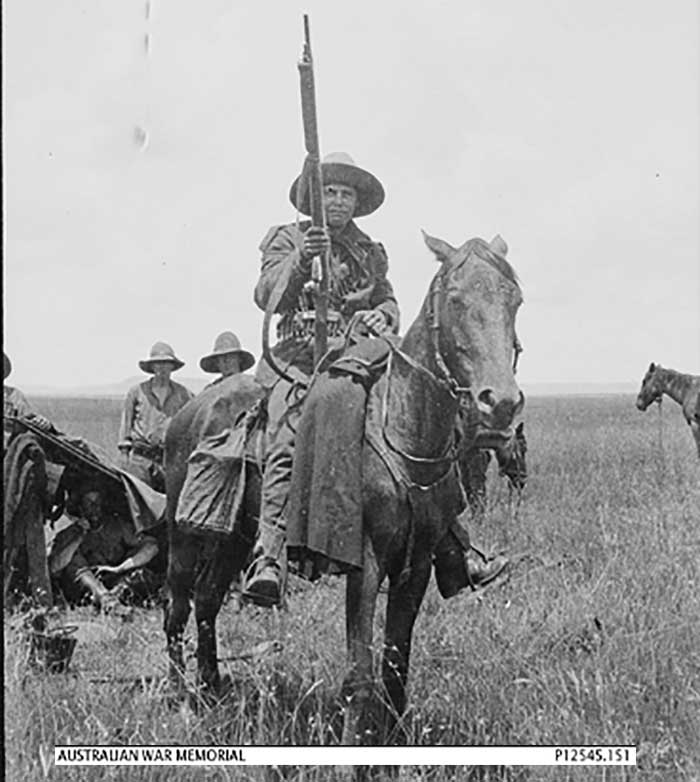
The horsemanship and bush skills that volunteers like the Warrego contingent took into battle with them in the Boer War, were the same ones that made the Australian Light Horse forces such a formidable fighting unit in the combats in the Middle East during the First World War.
